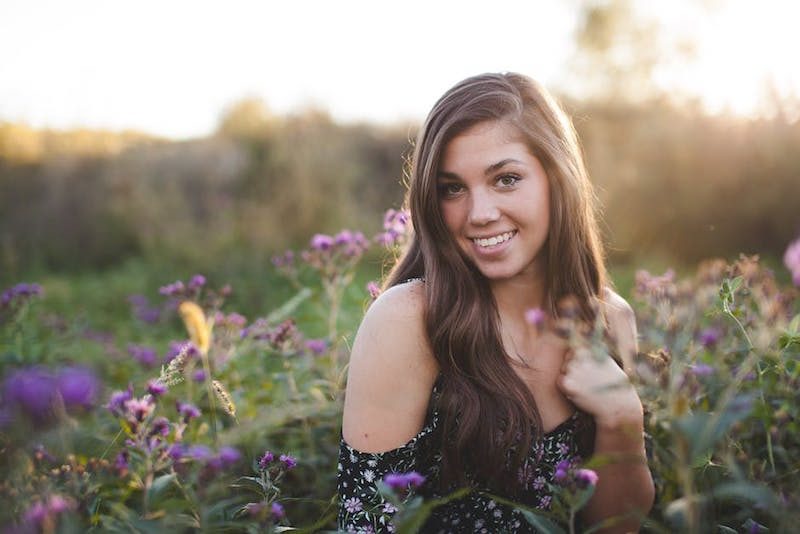Sadie Hale on the subject of queer femme invisibility.
I’ve lost count of the amount of times people have reacted with surprise when they discover I’m queer. Some ask questions, others don’t – but whether they hide it or not, I can sense their curiosity.
After all, they thought they knew what a queer woman looks like. Despite all the efforts to dispel stereotypes, the image of the dyke with short hair, tattoos and a masculine posture still persists. And while this image is beautiful, its singularity comes to dominate perceptions of queer femininity in both straight and gay imaginaries which are subsequently difficult to challenge.
Yet female queerness is extremely varied. Its erasure was taken up by queer event organisers Wotever World, who recently hosted a Queer Femme Night at the Hackney Attic in East London.
“Fuck femme invisibility! A night to celebrate queer femininity in all its guises”, the event description read. The stage hosted all manner of self-identified queer femmes – poets, filmmakers, PhD students – who united the packed room with their fabulous femme power and positivity.
These kind of events are received warmly by many who identify as queer femme. A common problem for femmes is figuring out how to expose their queerness without having to shout it from the rooftops.
Acquaintances have bemoaned the difficulties of finding other queer women to date, even in lesbian bars and spaces; the presumption of heterosexuality is still strong.
“I even shaved my head so lesbians would recognise that I was interested,” said Princess Petunia, one of the speakers at the Queer Femme event, to loud peals of laughter.
Queer femmes are accused of being “straight-passing”, their feminine appearances allowing them to move easily through everyday heterosexual life with all the social privileges that accompany it.
Yet often, this is far from what we want: queer femmes are forced into a difficult no-man’s land between the straight and the gay worlds, sandwiched in the overlap of a Venn diagram, neither here nor there. Now you see me, now you don’t. Like bisexuals, femmes spend their lives trying to convince straight people they’re queer – all the while being made to feel that they’re “not queer enough” by lesbians.
Queer femmes therefore face the double hardship of constantly having to assert their queerness in order to avoid disappearing altogether from the scene; simultaneously, we can feel invisible in a world which assumes we’re straight. It seems to be changing; thanks to dating apps, it’s become easier for femmes to find other queer women and lay their cards on the table from the get-go.
But suspicion of femininity, particularly when embodied by cisgender women, still exists among lesbians, and perhaps with good reason. But we need to be given the benefit of the doubt. Events like those organised by Wotever World do vital work to ensure that queer diversity is celebrated – so let’s remember that personal expression comes in many varieties.
